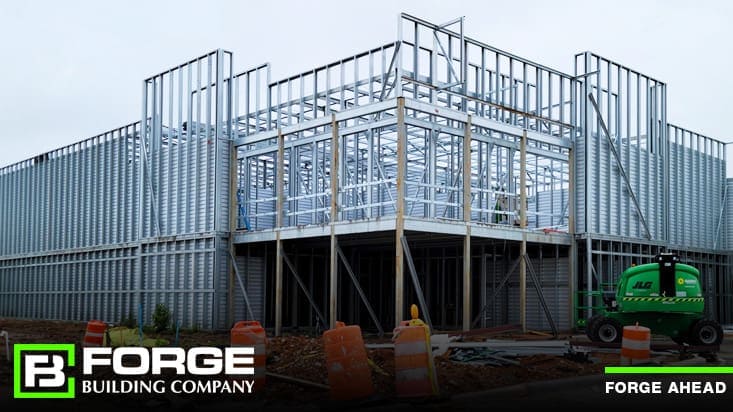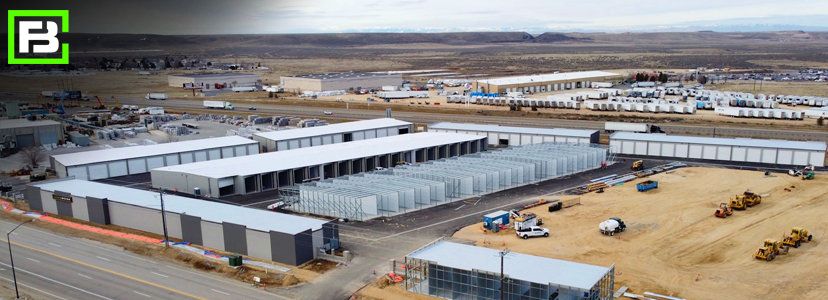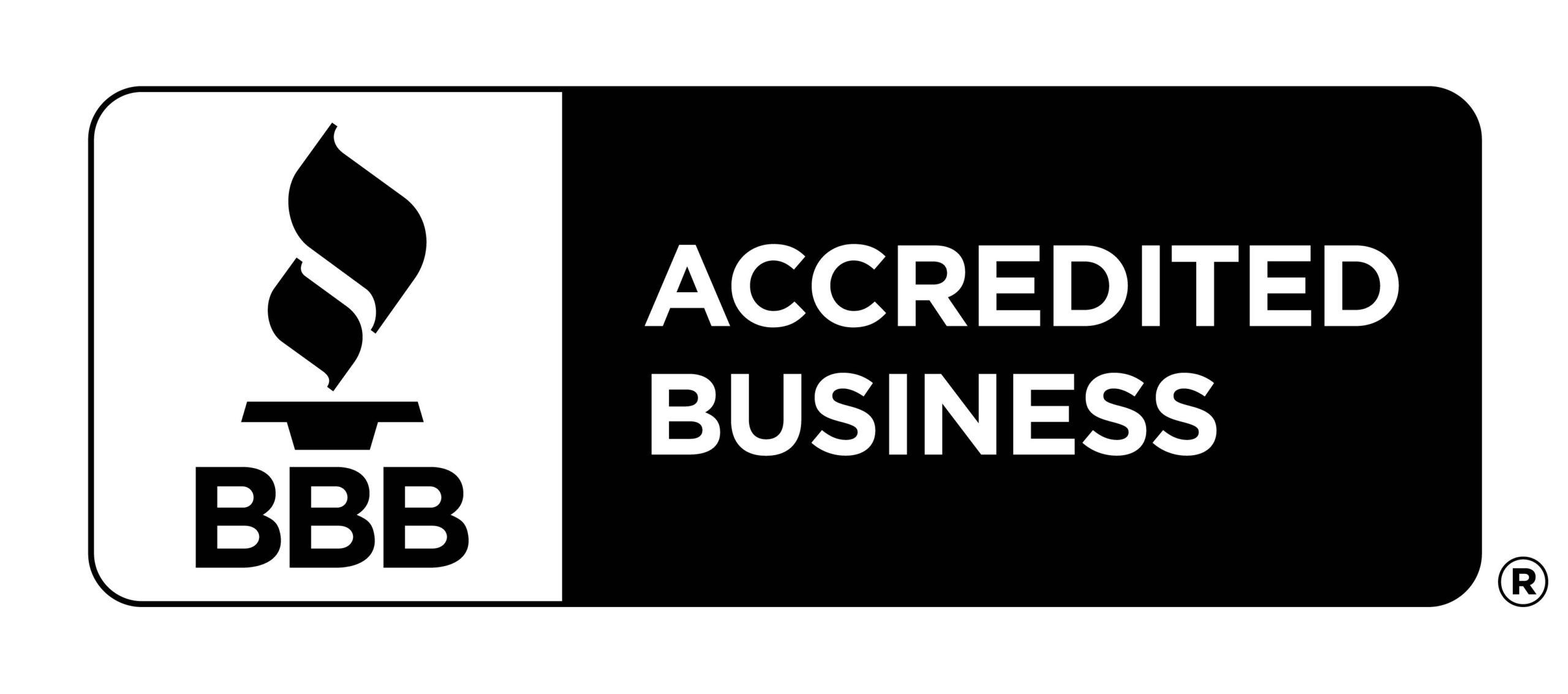
From Alaska to Florida, more than 50,000 self-storage facilities are scattered around the country. That’s about the same number of McDonald’s, Starbucks and Subway locations across the U.S. combined. These facilities are the foundation of the U.S. self-storage industry1, which was projected to generate $37 billion in revenue in 2019. The typical profit margin of a self storage business in the U.S. is 11%.2 That’s well above the profit margins for many other types of small businesses. Given those numbers, starting a self storage business, and keeping your self storage development on track is key. There’s a lot to do and many decisions to make.
Given today’s economy, it is key to act in a timely fashion. Developers and self storage business owners sometimes get stuck in the decision-making process, unable to move forward. No doubt, pursuing a self storage project can be overwhelming since there’s a lot to do and many choices to be made.
By being disciplined and taking one step at a time, you can make smart decisions. Here’s a ten-step plan to keep things moving forward in the right direction.
Before scouting locations for a self storage facility — no matter whether you’re looking at buying an existing facility or building a new one — you’ll need to look at the costs involved. The numbers will vary widely based on factors such as location, acquisition costs, land costs and construction costs. Things you will need to consider include:
Look at the cost of operation. A report released in early 2018 by commercial real estate company CBRE shows real estate taxes accounted for 28 percent of all self storage operating expenses, with on-site and off-site management costs eating up another 38 percent of operating expenses.
Develop a business plan. This can help propel the business toward success, letting you realize your goals and manage issues that might arise. In addition, most lenders will want to see a business plan before extending a loan.
Determine your scale of investment. You might be able to put up a single-story, 40,000-square-foot self storage development in a small town for $1 million or less, whereas a two-story, 80,000-square-foot facility in a more urban setting could set you back $6 million.
You can expect to spend anywhere from $25 to $75 per square foot on new construction. However, the location of the facility — including the cost of the land — will dictate the price tag for construction.
If you’re developing a self storage facility, consider:
Join networking groups and your local self storage association to help you learn from their experiences and gain referrals. Get to know professionals in the legal, real estate, financial, construction, and design industries that are experts in the self storage industry.
 Drive around in the areas that interest you. Look for high-density residential areas and known upcoming residential developments (single- or multi-family).
Drive around in the areas that interest you. Look for high-density residential areas and known upcoming residential developments (single- or multi-family).
Contact a commercial broker and/or your municipality. The city may be selling multiple parcels it owns. Based on its size, think critically about what type of facility could be built on the parcel.
Estimate whether it's good for self-storage. Call the municipality to find out how the land is zoned and any relevant regulations regarding industry development. If the property is already zoned for self storage, that removes a huge barrier. But if the property needs to be rezoned, you could spend months or years seeking approval for a zoning change.
Additionally, the issue of entitlement involves obtaining approval from government entities for your development plans. As with rezoning, an entitlement case could elapse valuable time.
Purchase the land with a 120-day due diligence period. The contract should state that your deposit is refundable during this period if you decide to forego the purchase. If you choose to buy the land, your deposit becomes non-refundable at 60 days. Also, give yourself 180 days to close.3
Complete a market feasibility study. This exercise will help you target the demographics of the customer base within a one- to five-mile radius of the facility. A three- to five-mile area is the typical size of a market for a self storage facility.
You’ll want to validate the median income in the market area (self storage renters tend to be in the middle-income and upper-middle-income brackets), along with the median age (self storage tenants are normally in their early 20s to mid-50s).
In addition, you’ll want to review the following aspects of your proposed market area4:
Other components of the feasibility study normally will include an overview of the self storage industry; long-range projections for rental rates, income, expenses, and property value; and details about the storage project’s zoning. This will help you determine whether the investment's land acquisition and building costs are sound.
This is also the time to look for any obstacles, such as easements, building restrictions, zoning and entitlement hurdles, water retention requirements, and wildlife, tree, or waterway conservation restrictions.
The study should also help determine your unit mix, what phases to build, and the amenities you should offer to achieve your desired return. It provides your operational budget, lease-up period, financial projections, and marketing plan and feeds into the basis of your business plan.
Determining how to finance an acquisition or a new development is your next step. Do you need to take out a loan? A number of options are available, such as acquisition loans, construction loans, and SBA loans. Many of these loans cover terms of 10 to 25 years. Work with a lending professional who’s well-versed in the self storage industry to point you in the right direction.
To qualify for a self storage loan, here are four things you’ll likely need:
Make sure you have enough liquid capital not only to buy or build a facility but also to operate the facility.
You may also want to consider strategically partnering with other investors to buy or build a facility. This can be done through:
If going the loan route, contacting multiple self-storage lenders and negotiating the best terms is best.
Be ready to send each lender or investor all the documents they need to make a quick decision. Your packet should include everything from your feasibility study as well as the items mentioned above, along with your business plan, tax returns, and personal financial statement.
If you ultimately choose a Small Business Administration loan, allow 90 days to close. If you’re going with conventional financing, allow 60 days.
At this stage, there are things you must do to prepare for building – obtain various reports and geographical surveys, such as a phase-one environmental site report, a soil-borings report, an engineer’s preliminary report, and an endangered-species report. Developing a self storage facility requires expertise so organizing your design team is crucial. The team at Forge can lead you through this process.5
A development team should include experienced legal, real estate, financial, construction and design professionals. Few people who are new to the self storage industry can solely develop a new facility.
The design process starts with a survey of the land. The architect creates a plot plan indicating the locations of buildings in relation to the land. In this initial design, the architect considers all the information the civil engineer has provided about site restrictions and the availability of utilities.
The next step is to design the floor plans followed by the elevations, or what the building will look like. Cross sections and details are added to indicate floor levels and details of footings, foundation, walls, floors, ceilings, and roof construction.
The structural engineer then assures the materials and how they are assembled are strong enough to withstand their weight, the weight of any use it may be put to, and all internal and external forces—known as vertical loads and lateral stresses—applied to the building.
A load is any force exerted upon a structure such as snow, wind, or earthquakes or the weight of the building itself. Live loads are produced by people, furnishings, equipment, and materials inside the building. Stresses are internal forces of a material constructed to resist external forces.
The civil engineering plan provides information about the excavation and grading needs the subcontractor will require to prepare the soil for foundations, ensure stormwater drains from the site, determine contours and elevations, and provide an earthwork estimate. That data will also help them provide an accurate bid for crew size, equipment, and timeline, and it’s needed by the retaining wall subcontractor and building manufacturer.
Forge Building Company has created its building design that allows for efficient use of materials and allows for crews to build quickly.
 Once the team has been assembled, the general contractor is responsible for making sure that everyone is building the project in accordance with the design. General contractors may provide labor and materials themselves, use subcontractors and vendors, or a combination of the above. Subcontractors provide their own shop drawings and may be in charge of trade-specific permits and inspections.
Once the team has been assembled, the general contractor is responsible for making sure that everyone is building the project in accordance with the design. General contractors may provide labor and materials themselves, use subcontractors and vendors, or a combination of the above. Subcontractors provide their own shop drawings and may be in charge of trade-specific permits and inspections.
The general contractor weaves everyone’s efforts into the completed product. Because of the volatility of material markets, most contractors won’t lock in pricing for materials and there could be price increases when material orders are processed. It is a good idea to ensure you include a Price Increase Contingency amount in your budget.
When you reach this step, the team at Forge is ready to assist. We will ensure your self storage project is built on schedule and on budget and will take pictures along the way.
With a project start date determined, your general contractor will give you expert feedback on construction activity and sequence of work to accomplish your goals best. Along this path, milestones will be identified such as:6

As the schedule is designed, the general contractor typically gets requirements from the major subcontractors to help determine realistic timelines. This information can also help identify long lead times for materials so they can be addressed early in the purchasing process and reviewed for the projected construction cash flow.
This is also a great time to set up your property-management systems and marketing initiatives to be ready to open as soon as you receive your Certificate of Occupancy. For technology considerations, see our blog “Technology – What You Need for Your Self Storage Business.”
Now is the time to leverage your marketing to lease the facility storage units. Your website is one of the biggest assets for a positive customer experience. It should be easy to find and use.
Content for your web presence is the single most important thing for search engine optimization and for prospects and customers to be able to find your business quickly. This includes your blog posts, social media, landing pages, FAQ pages, videos, and everything else related to your business.
Other helpful technology that will improve the customer experience includes any automation you use, security and access tools, digital signage, and property-management software that facilitates online rentals and autopay. Customers expect technology that’s easy to use, available around the clock, nice to look at, and engaging.
For more tips on creating the best customer experience, see our blog “Creating the Best Customer Experience for Your Self Storage Business.”
Once your self storage development is built, open, and renting, the most important aspects of hitting or exceeding your projections and maintaining high performance are answering your phone, monitoring rates regularly, keeping customers happy, and monitoring your marketing and online presence. In addition, it is key to think about giving back to your community, rewarding your employees, and starting to look for land for your next facility!
One of the best ways to create the ultimate customer experience is to walk through the process of renting a unit, visiting the site, and accessing the unit. Was anything surprising? Confusing? Alarming? Go about this drill as if you’re someone who knows nothing about the industry and see how easy it is to navigate the process of looking for, renting, and using self-storage.
The relationship you build with customers through these strategies and how you fulfill their needs is ultimately what will make their experience pleasant and help with retention and referrals in the future.
Works Cited
1 SpareFoot. (2021, January 27). Retrieved from SpareFoot StorageBeat: https://www.sparefoot.com/self-storage/news/1432-self-storage-industry-statistics/
2 Egan, J. (2021, September 13). Storable. Retrieved from Storable: https://www.storable.com/resources/learn/is-a-self-storage-business-profitable/
3 D’Agostino, K. (2021, October 5). InsideSelfStorage.com. Retrieved from Inside Self-Storage: https://www.insideselfstorage.com/development/9-step-plan-keep-your-next-self-storage-development-track
4 Egan, J. (2021, July 26). Storable. Retrieved from Storable: https://www.storable.com/resources/learn/starting-a-self-storage-business/
5 Inside Self Storage. (2008, September 15). Retrieved from InsideSelfStorage.com: https://www.insideselfstorage.com/construction/building-self-storage-creating-harmonious-design-team
6 Rogers, R. (2016, October 6). Inside Self Storage. Retrieved from InsideSelfStorage.com: https://www.insideselfstorage.com/construction/creating-and-managing-self-storage-construction-timeline
